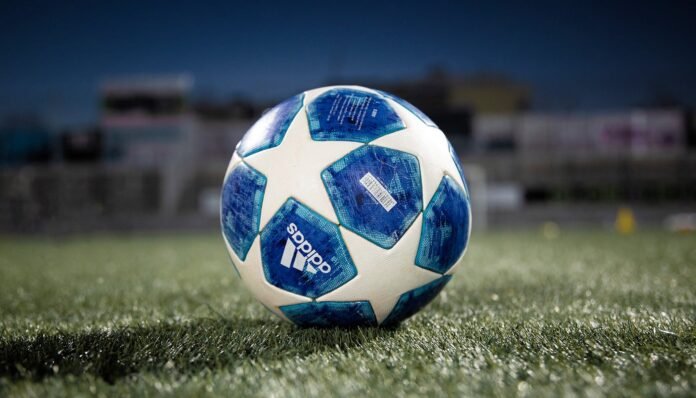The elements of a soccer ball play a vital part in the way it acts during different game circumstances, particularly while striking it for power or accuracy. Perhaps the main element that impacts the ball’s presentation is its pressure. Soccer ball pressure alludes to the sum the ball disfigures upon influence, which straightforwardly influences how much energy is moved from the player’s foot to the ball. This peculiarity is fundamental for understanding shot power and how unique soccer balls answer under different circumstances.
The Study of Ball Pressure
At the point when a player kicks a soccer ball, particularly during strong shots, the ball packs and briefly changes shape upon contact with the foot. The degree of pressure decides how much power the ball assimilates and the amount it “returns quickly” from the effect. A higher pressure rate normally implies that the ball will twist more, considering more energy moves into the shot, bringing about more noteworthy power. Then again, a ball with lower pressure will hold its shape more and may not answer as progressively, delivering less power in the shot.
The pressure of a soccer ball is impacted by a few variables, including the material of the external cover, the bladder, and the inward gaseous tension. For example, a Nike soccer ball may have a particular bladder and cover innovation intended to improve the harmony between pressure and sturdiness. Likewise, Adidas soccer balls frequently highlight progressed development strategies that expect to keep up with predictable execution no matter what the ball’s pressure level. Subsequently, proficient players frequently pick their soccer balls given how well they suit their style of play, taking into account what the ball responds to during high-mean circumstances like shooting.
Pressure and Shot Power
The connection between pressure and shot power is basic to a player’s exhibition. At the point when a soccer ball is hit with force, the ball’s pressure assists with changing the dynamic energy of the foot into the energy of the ball’s movement. This is especially significant while dissecting the distinction between various soccer ball sizes. For example, a size 4 soccer ball — ordinarily utilized by more youthful players — may not pack as much as a size 5 soccer ball, which is the norm for grown-up play. A size 5 soccer ball, with a bigger surface region and expanded weight, by and large gives a more significant reaction upon influence, which can upgrade shot power.
The development of a ball, including its interior bladder and gaseous tension, likewise assumes a basic part. For instance, smart soccer balls — outfitted with sensors to follow execution — offer continuous information on how the ball packs during a shot.
Material and Pressure
The material piece of the ball impacts how it packs. Customary cowhide soccer balls were less predictable regarding pressure, as they would retain water in wet circumstances, becoming heavier and more challenging to kick with power. Present-day engineered soccer balls, for example, those from Nike soccer balls and Adidas soccer balls, offer better consistency, as they keep up with their shape and pressure under a more extensive scope of conditions. These engineered materials assist with accomplishing a steady degree of pressure, guaranteeing that the shot power stays unsurprising no matter what the climate or playing surface.
Different Elements Influencing Shot Power
While ball pressure is fundamental, different factors additionally impact shot power. The dribble-up soccer ball procedure, for instance, includes moving toward the ball in a way that boosts contact and energy prior to striking it.
Moreover, the soccer ball’s air pressure assumes a part in its exhibition. Overinflated balls can feel harder and less responsive, diminishing pressure upon influence, while underinflated balls can retain a lot of the power, restricting the shot’s power. Legitimate expansion guarantees that the ball keeps up with ideal pressure during high-influence circumstances.
Conclusion
In rundown, the pressure of a soccer ball is a basic figure deciding shot power. Different soccer balls, from Nike soccer balls to Adidas soccer balls, utilize different materials and development strategies to upgrade pressure and execution. Players should comprehend the elements of ball pressure to expand their shot power, whether they are kicking a size 4 soccer or a size 5 soccer, or utilizing state-of-the-art innovations like a smart soccer to follow and refine their procedures.


